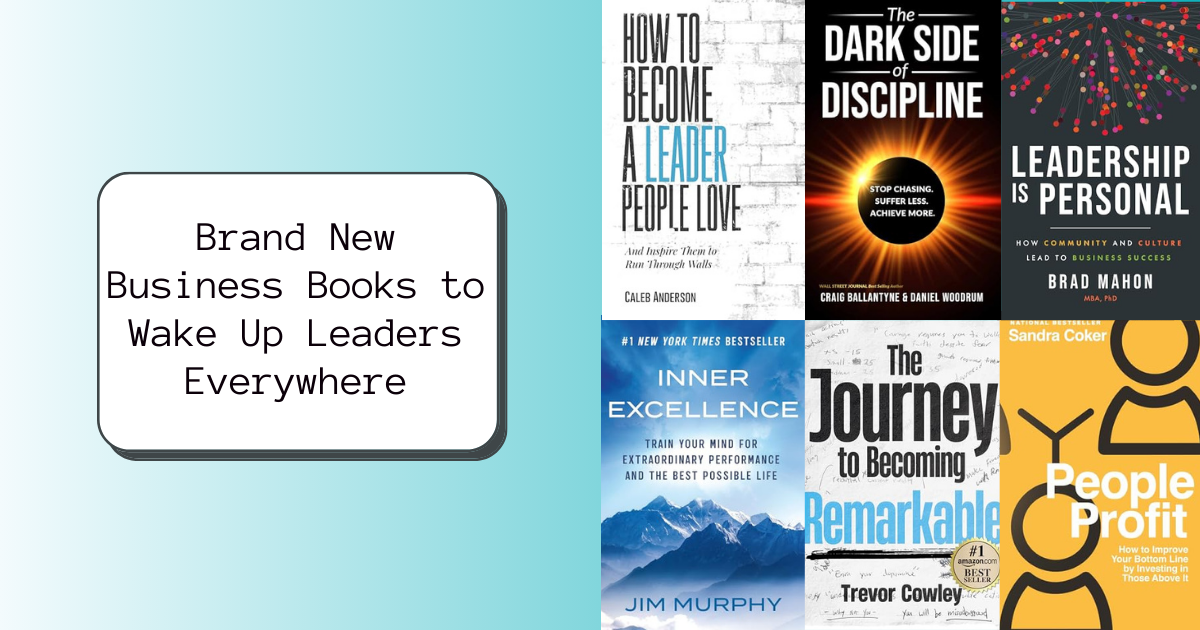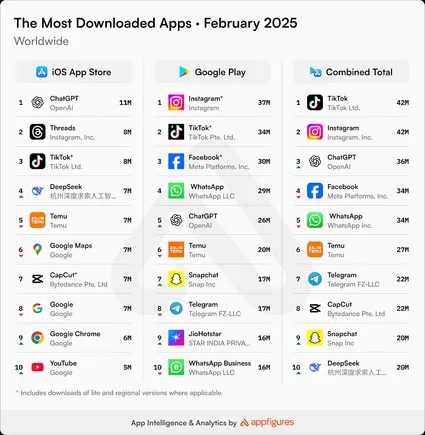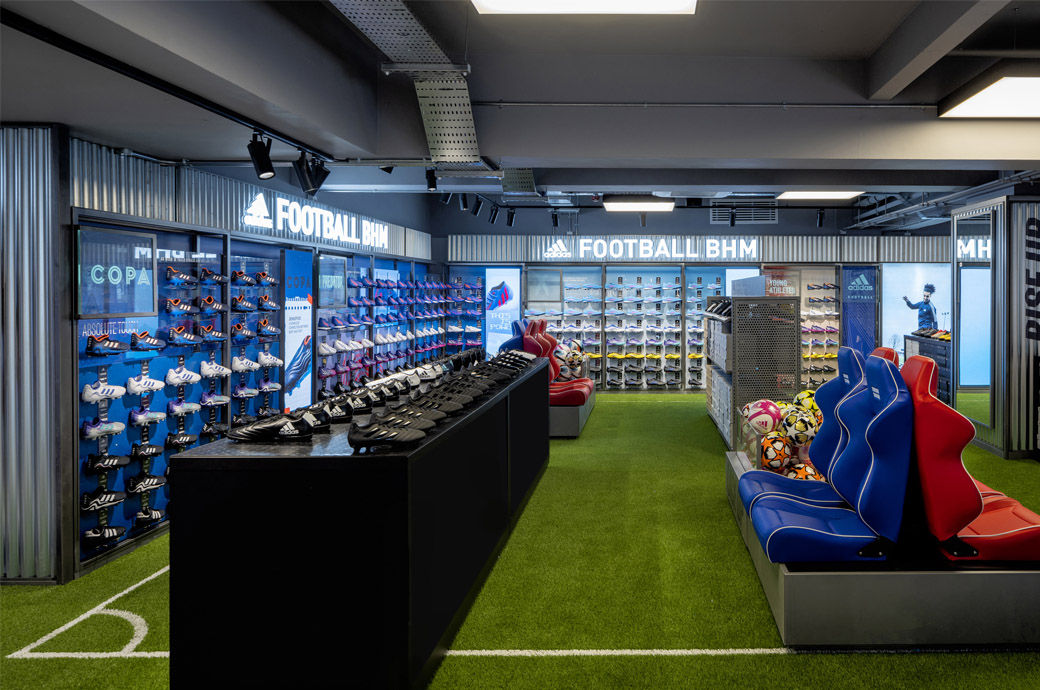Through good times and bad, international trade continues to grow because it is good business. Manufacturing outsourcing raises profit margins, improves inventory management and gets new products to market faster. It also improves product quality and customer service levels. Manufacturing outsourcing allows you to utilize assets that others already have in place, without having to make a heavy investment developing your own capabilities. This frees capital to grow your business. Manufacturing outsourcing also provides access to third party design, manufacturing expertise and the flexibility to scale production up or down quickly.
But if Covid-related disruptions have taught us anything, it’s that a business needs to be smart when setting up its supply chain – and, once the supply chain is established, it should be constantly monitored in order to adjust and respond to ever-changing circumstances.
Outsourcing the manufacturing of your product requires a skillset unfamiliar to many businesses. It requires the understanding of foreign business culture, multilingual communications, and an approach to business that is a prudent mixture of trust and verification. Relying on expert advice will save you time, generate cost savings and enhance the resiliency of your supply chain.
Over the years, I’ve had the privilege of working with a diverse range of companies to navigate through the complexities of our ever-changing global economy. During that period, our clients that have been successful in developing a world-class supply chain have, without exception, focused on four fundamentals.
1. Price
The desire to reduce product cost, increase profits or maintain competitiveness generally drives interest in product sourcing or offshore manufacturing. In other words, in a global economy, your product must be price competitive or your business is likely to perish. While lower prices alone do not a quality supply chain make, they are unquestionably a major driver.
A key to understanding your product cost is obtaining and verifying a low “first cost” from the factory source, as part of a transparent and highly efficient supply chain. However, what really matters is not just the first cost, but also the delivered or “landed” cost of goods. This landed cost includes the first cost of the product, plus costs for shipping, insurance, and applicable customs duties. As you develop a cost-efficient supply chain, it is critical to carefully manage each of these components of your product’s landed cost.
2. Quality
Achieving and maintaining product quality lies at the core of sophisticated manufacturing. And consistent product quality is fundamental to your having a successful supply chain. While price and quality tend to be inversely related, careful quality control standards and procedures can ensure quality product at competitive prices.
Ensuring quality products is multi-faceted. It involves selection of a quality factory, clear communication of product and packaging specifications, and well-defined development and implementation of quality control procedures. Experience suggests that quality problems typically trace back to poor factory selection, failure to communicate clear specifications and tolerances, and lack of attention to production management.
As noted above, it is imperative that for each product, you develop concrete specifications, acceptable tolerances and detailed quality control inspection checklists. In addition, quality should be confirmed at various points: prior to production, delivery, and prior to shipment, either by you or an independent third party who understands your product. Finally, part of onboarding a factory source should include execution of a manufacturing agreement that places clear responsibility for product quality on the factory and provides meaningful redress if quality expectations are not satisfied.
3. Delivery
Low-priced, quality products are of little value if they are not delivered on time. The Covid-19 pandemic has highlighted the consequences for a business when delivery of its products—or components used to make its products—are delayed. Experience suggests that the best way to ensure timely delivery involves careful selection of factory sources, paying close attention to management of the factory production process, and careful planning of shipments.
To ensure timely deliveries of your products, you should relentlessly focus on the main causes of delayed delivery: Delays on the part of the factory and sourcing materials; delays in production; and delays in shipping your products one production is complete.
To address these common causes of delivery delay, you should consider providing the factory with an advance forecast, which allows the factory to pre-order materials from its own suppliers, timing their arrival to coincide with your production timeline. In addition, in many cases, we have been able to arrange for a factory to pre-make product and become an inventory partner, thereby dramatically reducing overall delivery times, since ordering and production by the factory has already been completed).
4. Risk Management
While most experts agree that a supply chain should focus on price, quality, and delivery, many overlook how critical it is to manage risk, both from outset of establishing your supply chain and on ongoing basis. Risks are numerous, diverse and ever-changing. Consider a few, such as currency fluctuation, tariffs, raw material shortages, over-reliance on a single factory source, and strikes by longshoremen. And who in 2019 was even thinking of the risk of a global pandemic!
Because global trade is by its very nature “international” business, outcomes are affected by factors not necessarily present in your local market. Another risk that is often overlooked but can have devastating consequences is political or country risk. For example, most businesses are disinclined to purchase products from Afghanistan or Libya, as those countries governments are known to be unstable. Until recently, most businesses viewed China a comparatively reliable outsourcing location. Many of those same businesses are looking for alternatives today. Therefore, where you make is a critical element of risk management.
For reasons that have long been understood, manufacturing outsourcing is good business. Yet, outsourcing the manufacturing of your product requires a skillset unfamiliar to many businesses as well as the navigation of the complexities of the global economy. Relentlessly focusing on the fundamentals of a quality supply chain will allow you to avoid pitfalls that are all too common.






































































